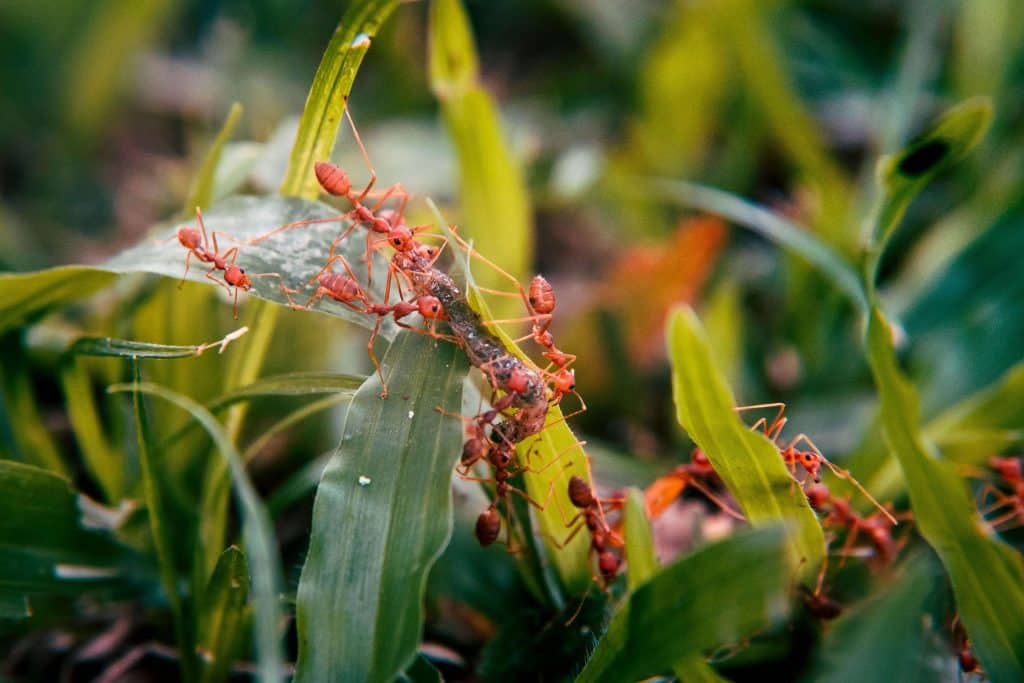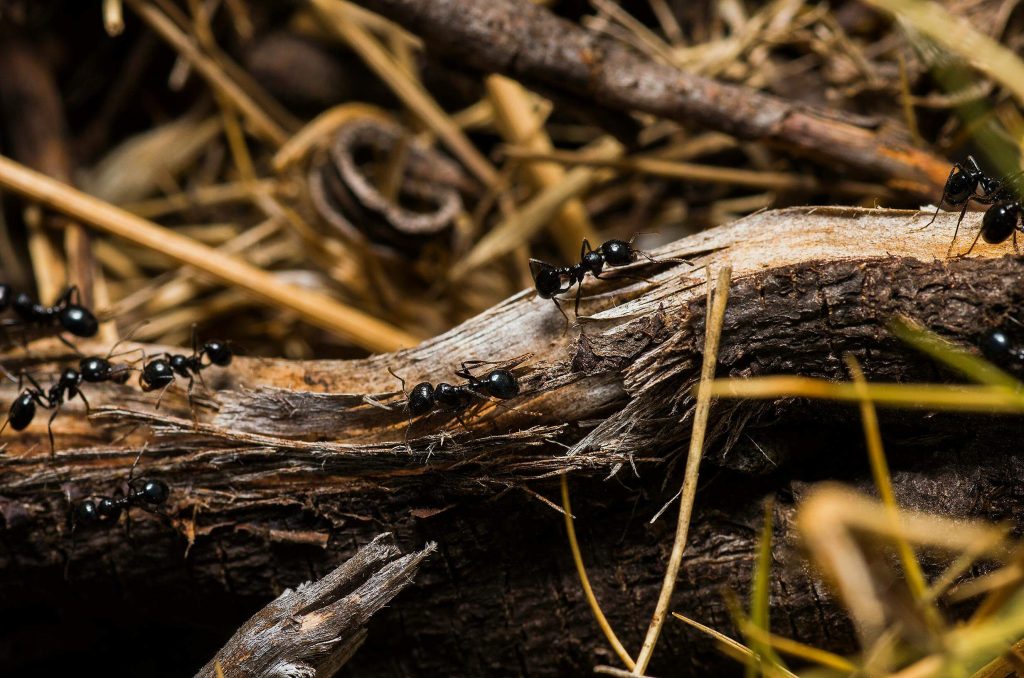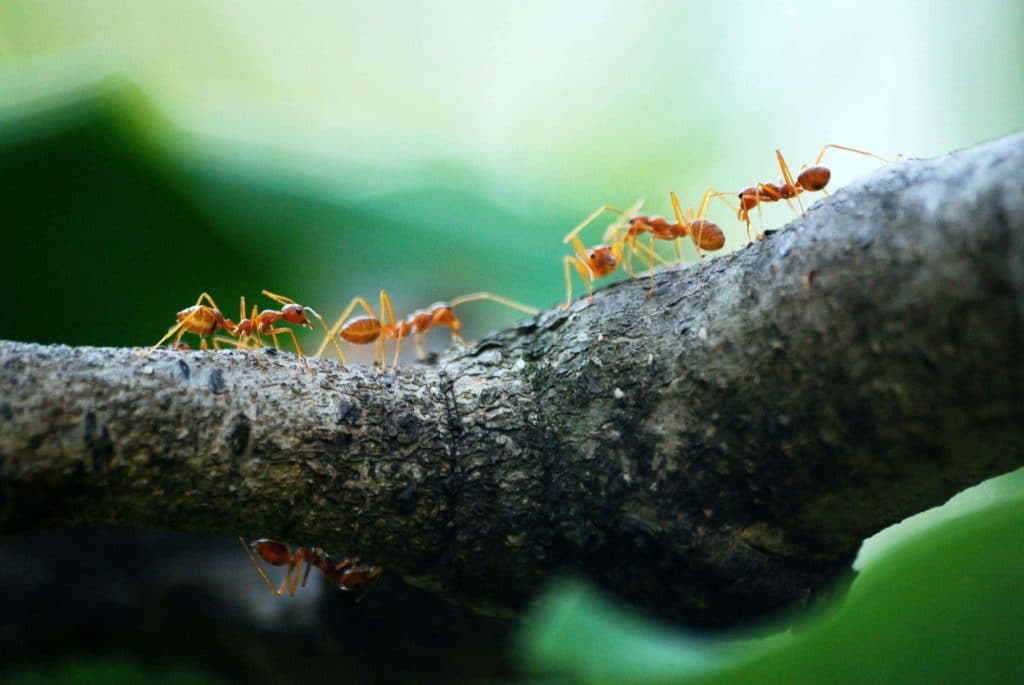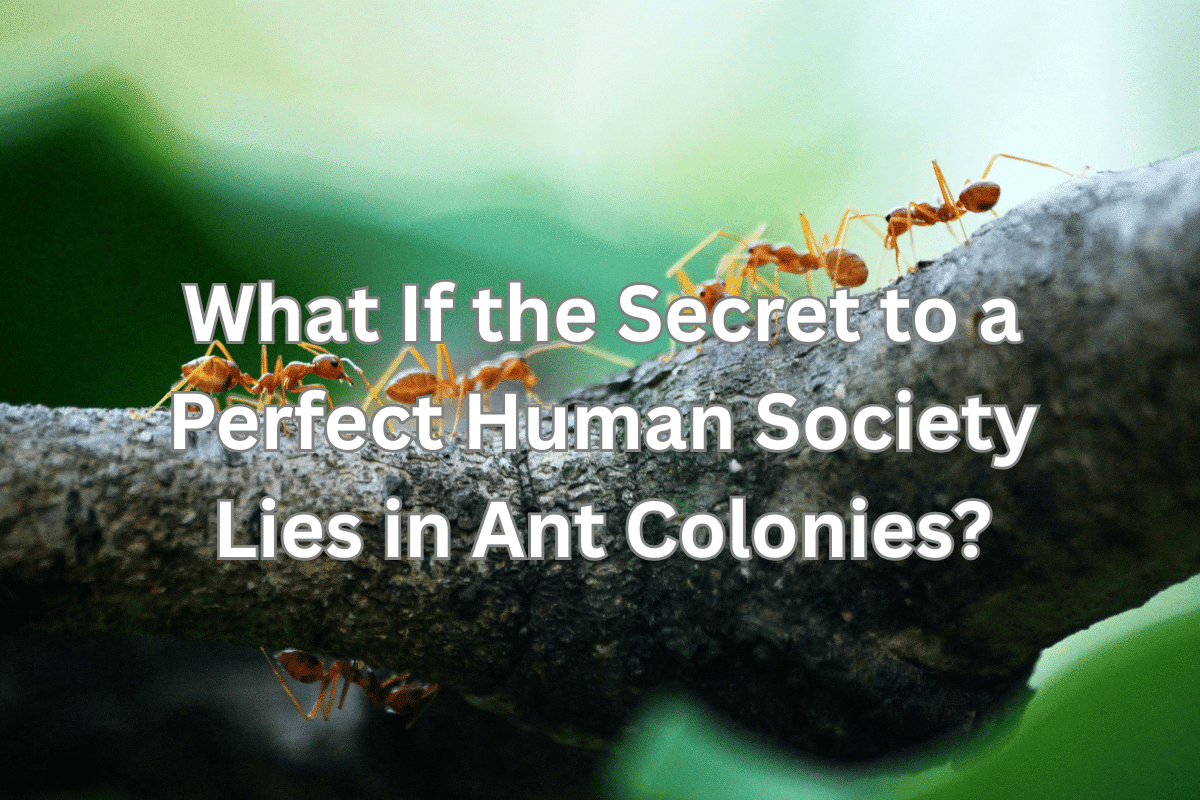What if the secret to a perfect human society wasn’t found in ancient texts or futuristic utopias, but in something as tiny as an ant colony?
These miniature masters of organization hold profound lessons about cooperation, community, and how we can build a better world together. Prepare to see the world, and our place in it, through a whole new lens.
Table of Contents
- Forget Everything You Thought You Knew About Individual Achievement
- Building Our Own Superorganism: Practical Steps for Greater Cooperation
- Related Questions
Forget Everything You Thought You Knew About Individual Achievement
The real blueprint for success lies in collective action, pioneered by creatures you probably step over every day. Ant colonies are not just fascinating insect societies; they are living, breathing blueprints for unparalleled cooperation.
Discover the startling truths about unity that could transform our own communities.
The Invisible Architects: A Micro-World Revealed
Ant colonies are often described as superorganisms, a term that reflects their extraordinary ability to function as a cohesive unit despite being made up of individual ants. These underground cities are marvels of nature, showcasing a level of complexity and organization that rivals our most advanced human societies.

The Scale and Complexity of an Ant Colony
An ant colony can consist of thousands, or even millions, of individual ants working together in a highly organized manner. The sheer scale of their underground networks is staggering, with intricate tunnels and chambers serving various purposes, from nurseries to food storage.
High-definition macro photography reveals the silent, tireless work of these tiny architects, showcasing a bustling micro-world that operates seamlessly.
Efficiency Without Central Command
One of the most intriguing aspects of ant colonies is their staggering efficiency. How do so many individuals operate as one without a central command? The answer lies in their evolutionary adaptations and sophisticated communication systems.
Each ant is equipped with the ability to respond to environmental cues and the actions of their fellow ants, creating a decentralized system of organization that allows for rapid responses to challenges.
Roles, Rules, and Relentless Drive: The Ant Blueprint for Success
Ant colonies operate under a caste system that may appear rigid at first glance, but in reality, it is a flexible arrangement designed for collective survival.
Each ant has a specialized role, from foragers who gather food to nurses who care for the young. This division of labor is crucial for the colony’s success, ensuring that every task is covered efficiently.
Division of Labor in Action
Observing individual ants in action illustrates the seamless flow of information within the colony. For example, when a forager returns with food, it communicates the location of the food source to others through pheromones, initiating a coordinated effort to gather resources.
This ability to share information rapidly is a key factor in the colony’s resilience and success.

Built-in Resilience
Ant colonies demonstrate remarkable adaptability when faced with challenges, such as resource scarcity or invading predators. Through coordinated efforts, they can shift roles, optimize resource use, and strengthen defenses.
This built-in resilience is a lesson for human societies, which often struggle to adapt to changing circumstances.
Beyond Instinct: The Ant-icipatory Colony
Ants are not just mindless automatons following instinct; they possess advanced communication and decision-making abilities that allow them to thrive in complex environments.
Communication Mastery
Ants communicate through chemical signals and subtle touches, allowing them to convey complex information without a spoken word.
This mastery of non-verbal communication enables them to coordinate actions and make collective decisions effectively.
Decision-Making Without a Leader
One of the most fascinating aspects of ant behavior is their ability to make decisions collectively without a leader. Swarm intelligence allows colonies to find optimal solutions to problems, such as locating food sources or selecting new nest sites.
This decentralized decision-making process is a powerful example of how collaboration can lead to better outcomes.
Foresight and Planning
Ant colonies exhibit foresight and planning by storing food, expanding tunnels, and anticipating seasonal changes.
This evidence of a collective “mind” showcases their ability to think ahead and prepare for future challenges, a trait that can inspire human societies to adopt a more proactive approach to problem-solving.
From Mound to Metropolis: Lessons for Human Society
As we explore the remarkable world of ant colonies, we find valuable lessons that can be applied to our own societies.
Our Individualistic Bias vs. Ant Collective Thriving
In a world often dominated by individualism, the ant’s collective thriving challenges us to reevaluate the power of true teamwork. Ant colonies demonstrate that when individuals work together towards a common goal, monumental achievements are possible.
This shift in perspective can help us address the fragmentation and division prevalent in many societies today.
Infrastructure and Logistics
Urban planners and community leaders can learn a great deal from the efficient transport and waste management systems of ant colonies. Their ability to optimize resources and maintain cleanliness in their environment serves as a model for sustainable living in human cities.
The Power of Purpose
When every individual understands their role in a shared objective, the results can be transformative. Ants exemplify this principle by working tirelessly for the benefit of the colony.
By fostering a sense of purpose within our communities, we can inspire collaboration and drive meaningful change.

Building Our Own Superorganism: Practical Steps for Greater Cooperation
To create a more unified and resilient society, we must look to the cooperative principles demonstrated by ant colonies.
Bridging Divides
Ants offer practical lessons in cooperation that can help reduce societal polarization. By emphasizing shared goals and fostering dialogue, we can bridge divides and build stronger, more inclusive communities.
Rethinking Leadership
The ant colony’s decentralized structure encourages us to rethink traditional leadership models. Moving from top-down directives to enabling environments where collective intelligence flourishes can lead to more innovative solutions to complex problems.
The Future of Collaboration
As we face increasingly complex global challenges, applying ant colony principles to our workplaces, communities, and beyond can pave the way for a more resilient future. By embracing collaboration, adaptability, and a shared sense of purpose, we can work together to create a better world.
The lessons we can learn from ant colonies are profound and far-reaching. By observing these miniature masters of organization, we gain insights into cooperation, community, and the power of collective action.
As we strive to build a better society, let us remember the tiny creatures bustling beneath our feet, whose remarkable lives offer a blueprint for achieving harmony and resilience. In the end, the secret to a perfect human society may indeed lie in the tiny, tireless world of ants.
Deep Dive Podcast
Listen to our Deep Dive Podcast on what we can learn from ant colonies.
At A Bus On A Dusty Road, we discuss history, travel, life, sailing, and ex-pat living. We are all about “Living Life As A Global Citizen.” We explore social, cultural, and economic issues and travel.
We would love to have you be part of our community. Sign up for our newsletter to keep up-to-date by clicking here. If you have any questions, you can contact me, Anita, by clicking here.
Listen to our Podcast called Dusty Roads. You can find it on all major podcast platforms. Try out listening to one of our podcasts by clicking here.
Subscribe to our A Bus On A Dusty Road YouTube Channel filled with great videos and information.
Related Questions
How Long Did It Take to Build the Whole Great Wall of China?
The Great Wall of China took over 2,000 years to build. The building span many Chinese Dynasties for about 22 centuries. The construction of the wall ended in the Ming Dynasty in 1644. The Great Wall is one of the largest human-made construction projects globally; the Great Wall is over 21,196 kilometers or 13,171 miles. There are over 25,000 watchtowers scattered throughout the Great Wall structure.
You can discover more by reading How Long Did It Take to Build the Whole Great Wall of China? by clicking here.
The Conquer Virtual Challenge Or My Virtual Mission – Virtual Travel
The Conquer Virtual Challenge, also known as My Virtual Mission, is an online platform that allows you to travel the world as you log miles virtually you have traveled (usually through swimming, hiking, biking, cycling, running, rowing, elliptical, walking, or even in a wheelchair). It is a great way to stay motivated and exercise while logging your miles to virtually see other parts of the world. I recommend the Conquer Virtual Challenge.
You can learn more by reading The Conquer Virtual Challenge Or My Virtual Mission – Virtual Travel by clicking here.
What Is A Token Of Gratitude? What Purpose Does It Serve?
A token of gratitude is when we acknowledge that someone has done something great for us, and the thanks we express to them do not match up to their act of kindness; the purpose of a token of gratitude is to show appreciation to another person. Having gratitude is shown to be vital as it helps us to live healthier and happier lives. How we view and use gratitude in our lives will directly impact the quality of our life; this is why gratitude is so essential for our health and well-being.
By clicking here, you can discover What Is A Token Of Gratitude? What Purpose Does It Serve?

